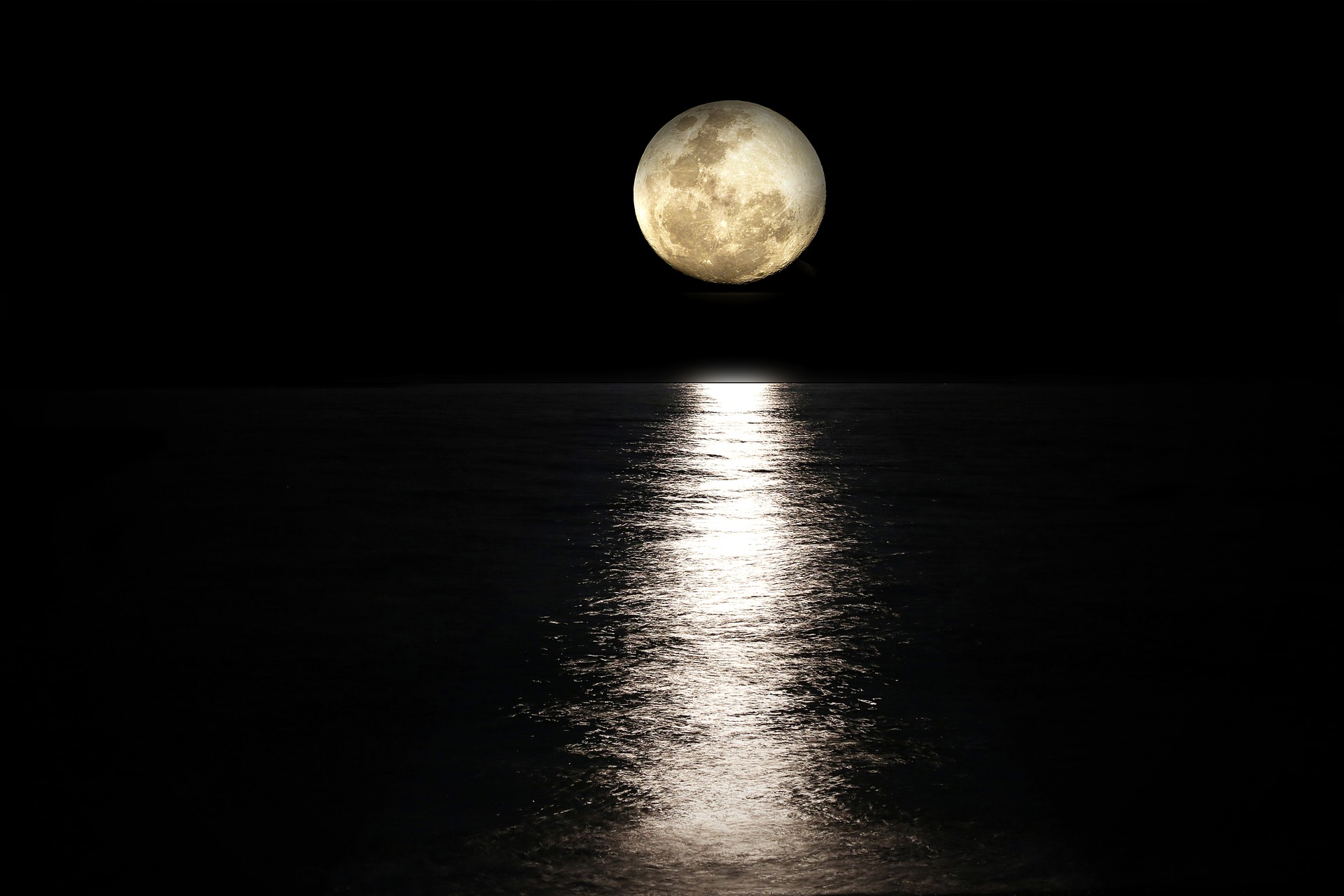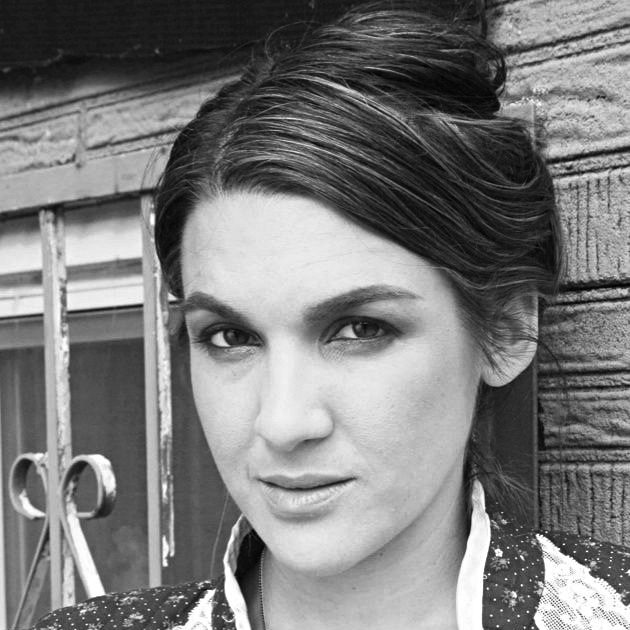
While waiting for my 6-year-old daughter’s annual checkup at the pediatrician’s office, as she happily twirled on the red and blue spinning chairs in the children’s area, I picked up a copy of National Geographic magazine from the bin beside my seat, and read:
“Everything we are and everything in the universe and on Earth originated from stardust, and it continually floats through us even today. It directly connects us to the universe, rebuilding our bodies over and again over our lifetimes.”
This quote struck me for its beauty and because I’ve recently been thinking about celestial time. In this sped-up, hyped-up news cycle, the world growing smaller and time moving faster, I find it calming to think about other ways of measuring time and space.
Humans used to mark time by observing celestial bodies, but now we live by clocks and calendars. I am thankful for electricity, but our devotion to light at all hours comes at a cost: How many of us can see the stars? And without the stars, we lose something else — the sense of celestial time and space, not on the scale of a wristwatch with ticking seconds, but rather, the scale of planets and stars and galaxies.
As a girl, I was captivated by the moon, as my daughter is now. Growing up in a secular Jewish family, I would have been shocked to hear that this celestial body is an integral part of Judaism. I associated our ancestral religion not with stars, sky and interstellar distances, but with the uncomfortable pews of the synagogue we attended a few times each year on the other side of town.
Although I did not know it, the moon was inextricably linked to these few holidays my family practiced, their dates determined by the lunar months of our tribal calendar.
I love to think back on those holidays that secretly bound our family to the
lunar cycles, even in a mid-Atlantic suburb in the 1980s: Passover on the 15th of Nisan, the full moon round above our quiet streets. Hanukkah on the 25th of Kislev, our small, rainbow candles sustaining the gibbous moon as she waned.
Rosh Hashanah, on the first day of Tishrei, the sky dark as we heard the ancient shofar blast.
It makes sense that the ancient Israelites would marry their rituals to the cycles of the moon.
Not only was it their calendar, but it has a poetic logic, as well.
Growing up in a secular Jewish family, I would have been shocked to hear that this celestial body is an integral part of Judaism.
Ritual has much in common with the moon. Both are free, beautiful and available to all. And no matter how far we stray from home, both accompany us on our journey.
Both help us understand the cyclical nature of being, giving us the power to say goodbye to our past selves. And both help us link our baffling transitions — birth, puberty, love, death — into a greater rhythm. This rhythm extends beyond the human; it is part of life itself. This summer, an urban coyote has taken up residence in our neighbor’s yard, and when the moon is full, we hear it howling from 20 yards away.
Sometimes I wonder if our ancestors could have imagined that all these years later, with our vastly different lives, our miraculous technology, we would still gather to celebrate these holidays they celebrated at the precise moment in the lunar cycle at which they celebrated.
I wonder if they would have been surprised to learn that our bodies and the earth are made of stardust, or if
they would say, yes, that’s what it says in the creation story. God made the sun to rule over daytime and the moon to rule over the night. And whatever the earth is made of, of course humans are made of that, too.
It’s so easy to be worn down by the work of getting through the day. But if we remember to look up in the evening, the moon’s simple, elegant orbit reminds us that we are part of a system that is greater than any of us can comprehend. How brief our time here is, and how precious.
Alicia Jo Rabins is a writer, musician and Torah teacher who lives in Portland, Ore.























 More news and opinions than at a Shabbat dinner, right in your inbox.
More news and opinions than at a Shabbat dinner, right in your inbox.